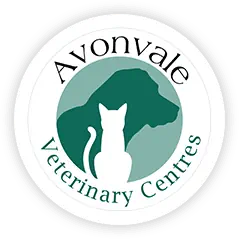Neutering a female dog can either be performed via the traditional method, where the abdomen is opened and the uterus (womb) and ovaries are removed, or using laparoscopy. This involves two small incisions made in the skin, through which the instruments and camera are inserted. The ovaries are removed leaving the uterus in place.
As with conventional spays, we recommend that this procedure is performed either when your dog is 6 months of age or 2-3 months following a season.
We offer this procedure to our Avonvale patients and also to those referred to us by their usual veterinary practice.
Advantages of laparoscopic procedures
- Reduced pain from surgical wounds (so your dog is more comfortable)
- Smaller surgical wounds
- Fewer stitches
- A faster return to normal activity
- Reduced scar tissue formation
What to expect when your pet comes in
Your pet will be admitted by one of our nurses on the day of the procedure. It is important that they have had no food since midnight but can be allowed water over night.
Once admitted they will receive a general anaesthetic as with all operations. The fur on the stomach will be clipped and the skin cleaned ready for the operation.

Two small incisions will be made in the skin and the cameras and instruments inserted through these. Once the ovaries have been remove these little holes will be closed, normally with dissolvable stitches that are buried beneath the skin. Your pet will be discharged on the same day.
As with humans undergoing laparoscopic procedures we will ask for consent to convert to a conventional approach during the procedure if necessary. This is extremely unlikely to happen and would only be performed if unforeseen circumstances arise where it would be safer for you pet to do this.
Post operative care
Your dog will be sent home with a plastic collar to wear. This will prevent them licking at their wounds and introducing infections. This should be worn at all times unless they are under your direct supervision.
Most animals are a little quiet after an anaesthetic and can have a reduced appetite for up to 24 hours.
They should be kept on the lead for 3 days, at which time they will have a post-operative check with one of our nurses (or back at your normal vets if they were a referral). They will examine the wounds and make sure everything is healing well and after this they can resume normal exercise.
A pain killer (metacam) will be dispensed when your pet is discharged. This should be given for 2-3 days after the operation.
If you would like to find out more or have any questions please give us a call on 01789 561010






